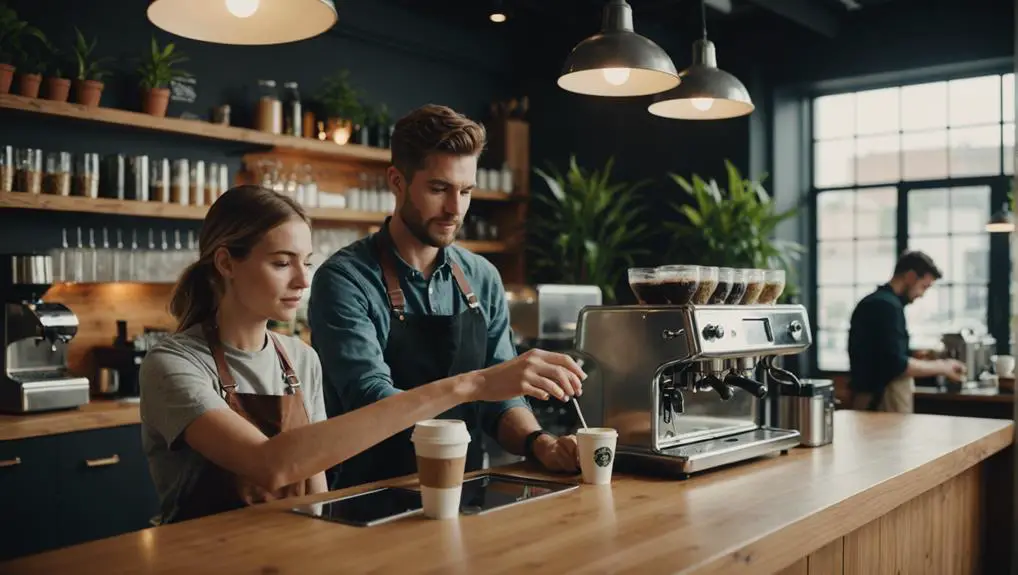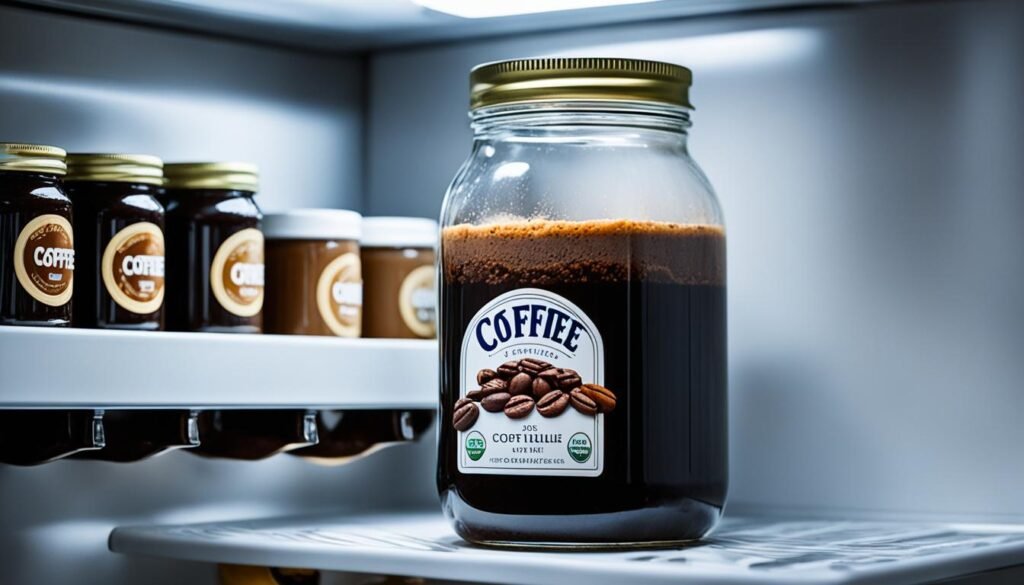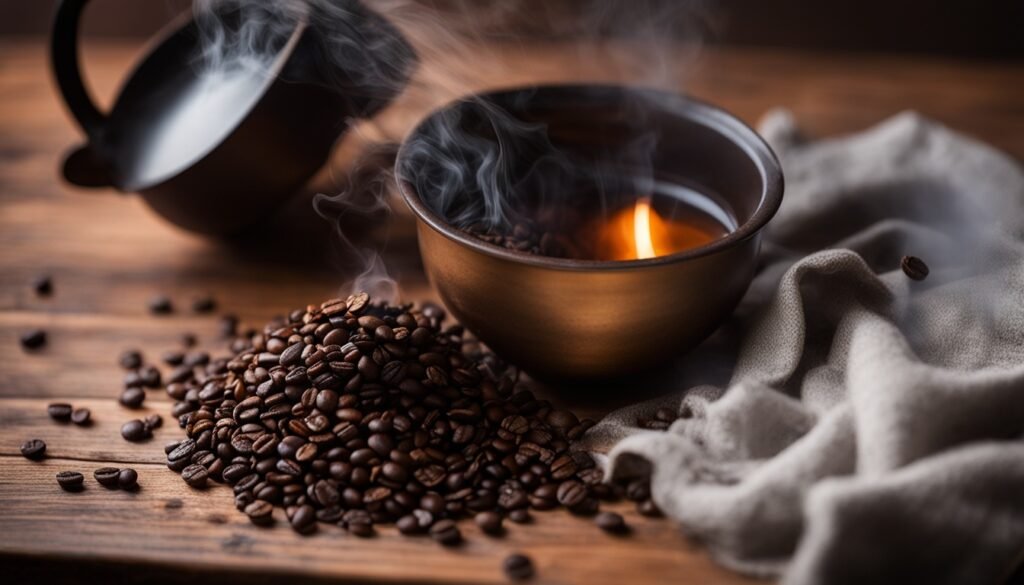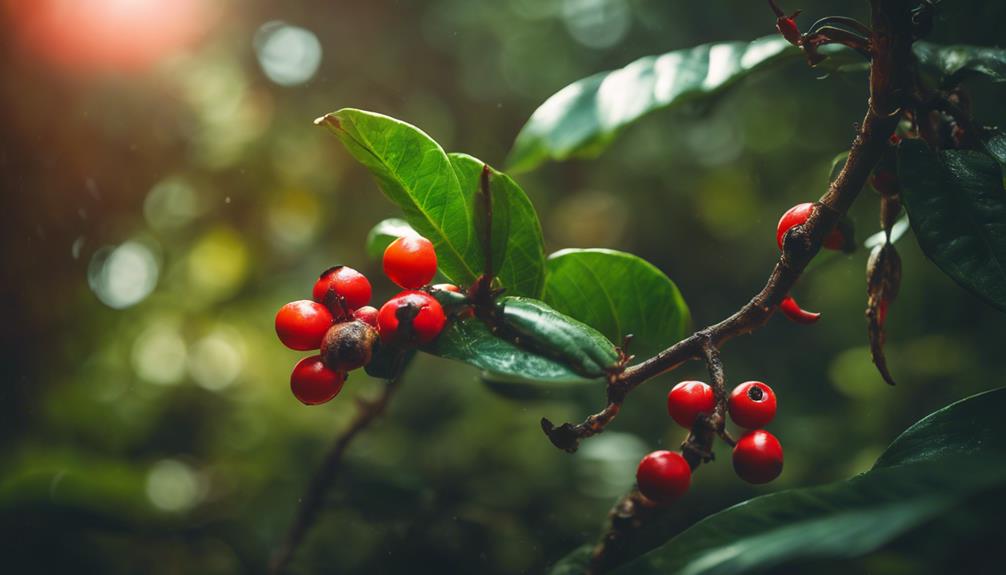The Third Wave coffee movement is changing how we enjoy our daily brew. This wave focuses on the quality and unique traits of specialty-grown beans, emphasizing craftsmanship in roasting and brewing. We prefer methods like pour-over and espresso, which highlight flavor and the overall coffee experience, rather than just convenience. This shift follows the First Wave's instant coffee and the Second Wave's focus on quality and sourcing. Today, Third Wave coffee reflects a deep appreciation for coffee's artisanal value. Looking forward, sustainable practices and technological advancements promise even richer coffee experiences. Let's dive into these exciting changes.
The Third Wave coffee movement is important because it elevates coffee from a simple beverage to an artisanal product. For example, coffee lovers can now choose beans based on their origin, flavor profile, and even the farm where they were grown. This attention to detail creates a more personalized and enjoyable coffee experience. Brands like Stumptown Coffee Roasters and Blue Bottle Coffee are leading the way with their commitment to quality and innovation.
Sustainability is also a key part of the Third Wave movement. Many coffee companies are adopting eco-friendly practices, such as using biodegradable packaging and supporting fair trade. This not only helps the environment but also ensures that farmers are paid fairly for their hard work. Technological advancements, like smart coffee makers that allow precise control over brewing parameters, are also enhancing the coffee experience.
In summary, the Third Wave coffee movement is about appreciating the craftsmanship behind every cup. With a focus on quality, sustainability, and technology, our coffee experiences are becoming richer and more meaningful. So next time you brew a cup, take a moment to savor the artistry and care that went into it.
Understanding Third Wave Coffee
Understanding Third Wave Coffee means appreciating quality, craftsmanship, and the unique traits of specialty-grown beans. We focus on quality brewing methods and unique roasting techniques to highlight the beans' distinct flavors. Unlike previous coffee trends, we prioritize the entire coffee experience over convenience.
Quality brewing involves methods like pour-over, French press, and espresso, each designed to extract the best flavors. Unique roasting techniques use small-batch roasting, allowing precise control over temperature and time to ensure each bean's ideal flavor profile. This approach celebrates coffee as an artisanal product, offering a richer and more nuanced experience for coffee enthusiasts.
For example, using a pour-over method, like the Hario V60, lets you control water temperature and pouring speed to highlight the coffee's flavors. Similarly, small-batch roasters like Blue Bottle Coffee ensure each batch is roasted to perfection, enhancing its unique characteristics. By focusing on these details, we elevate coffee from a simple beverage to an art form, making every cup a unique experience.
The Evolution of Coffee Waves
The Evolution of Coffee Waves
Over the years, the coffee industry has gone through three major waves, each changing how we enjoy this popular drink.
The First Wave focused on making coffee convenient and widely available, which led to the popularity of instant coffee.
The Second Wave started in the late 1960s and put a spotlight on coffee quality and sourcing, with companies like Peet's Coffee leading the way. This set the stage for the Third Wave in the 2000s, which highlights specialty coffee and artisanal methods.
These changes show coffee's cultural significance. It has evolved from a basic commodity to a valued craft.
Each wave has deepened our appreciation for coffee, resulting in the rich, quality-focused coffee culture we've today.
Future of Coffee Culture

As we enjoy the unique flavors of the Third Wave coffee movement, we can't help but think about what lies ahead for coffee culture. Eco-friendly practices are likely to become more important as people become more aware of environmental issues. We'll probably see more coffee shops using green methods, from how they source their beans to how they manage waste.
Consumer preferences are also changing; people now want to know more about where their coffee comes from and how it's made. They care about the farmers who grow the beans and their working conditions. This shift towards transparency and ethical production is key because it connects consumers to the origins of their coffee, making their experience more meaningful.
Technology will influence this evolution too. Innovations in brewing methods and digital platforms will enhance how we enjoy our coffee. For example, apps that trace the journey of your coffee from farm to cup can offer a richer, more engaging experience.
The future of coffee culture looks bright, blending sustainability, ethics, and tech advancements to shape the way we enjoy our daily brews.
Conclusion
As we enjoy our carefully brewed coffee, it's important to appreciate how coffee culture has evolved.
The journey of coffee is like growing a garden, with each phase setting the stage for the next.
The First Wave brought mass production, making coffee widely available.
The Second Wave focused on specialty coffee, emphasizing quality and unique flavors.
Now, in the Third Wave, we prioritize craftsmanship and sustainability.
This means we care about where our coffee comes from and how it's made.
Together, we're creating a deeper appreciation for coffee, paving the way for exciting new trends and innovations.












